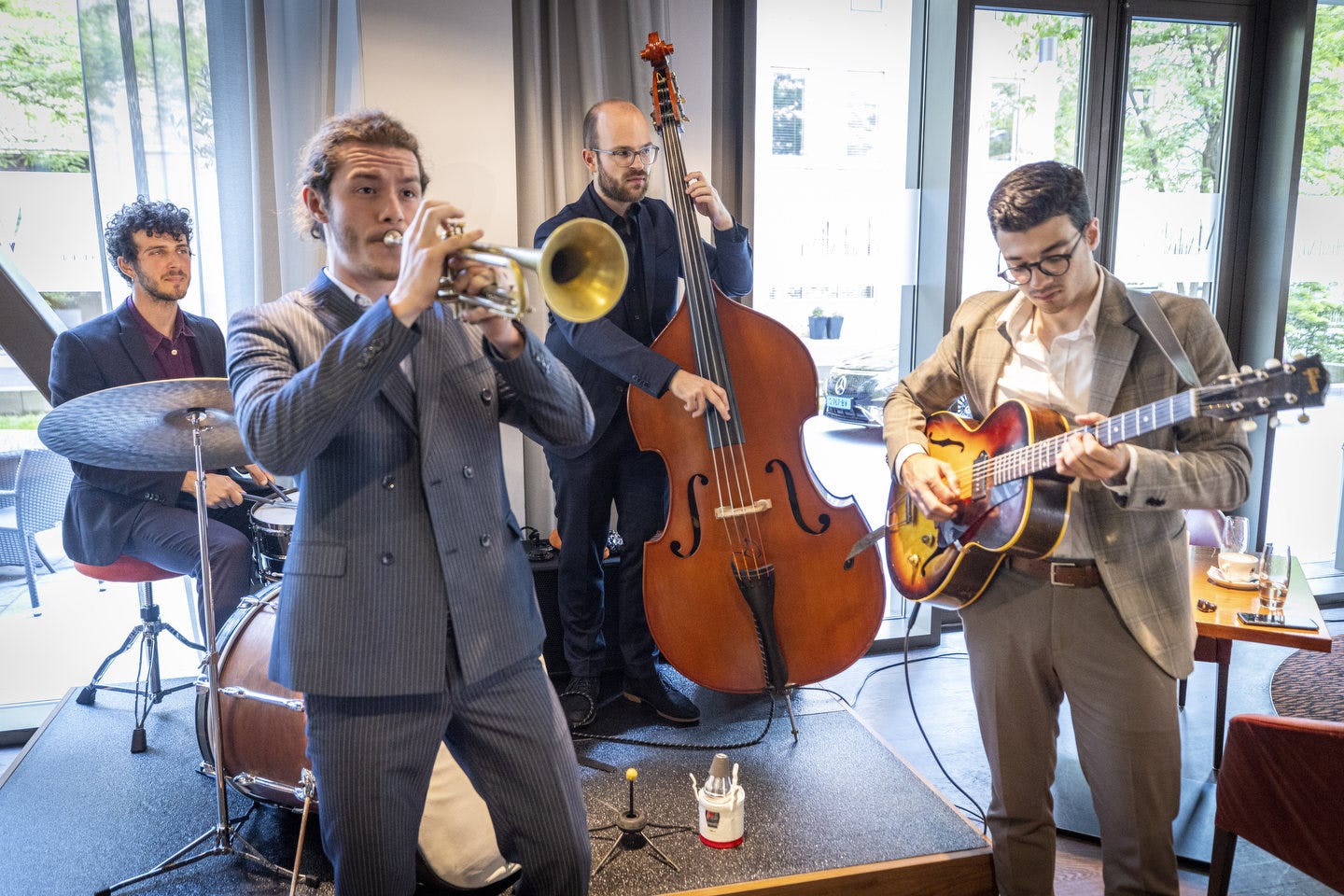Profitability across the industry was found to be 42.5% of revenue, a drop of only 3.1% on the previous year.
Robert Barnard, managing consultant at PKF hotel consultancy services, said: 'Whilst the continued downtrading in 2002 has hit hotel industry profits, the damage is not nearly as bad as it could have been, due to hoteliers keeping a tight reign on costs.'
'There's no doubt it's been a tough year for the hotel market. There's still the sense of uncertainty and fragility left in the wake of 9/11 and setbacks such as foot-and-mouth, which have been followed by the Iraqi conflict and the Sars virus. The sector is carrying on with business as best it can while we wait for better times.'
The study looked at annual figures for more than 450 chain and individual hotels whose financial year ended no later than 31 March. Chains featured included Hilton, De Vere, Thistle, Whitbread Hotels and the Savoy Group.
Most of the properties are in the three- and four-star bracket.London suffered the most, with profitability dropping by 5.7%. On average, London hotels made a profit of £19,397 per available room over the course of the year.
Barnard said: 'London is always most affected by events on the international stage because it is a gateway city and again it has suffered more in this downturn.'England's hoteliers outside London saw profitability fall by just 1.9%, to £12,747 per available room.
The smallest hotels and those with the lowest average room rate were most profitable. Those with room rate of less than £50 a night saw profitability rise by 4.4% to £7,225 per available room.Wales reported an 8.6% rise in profitability to £11,771 per available room, while Scotland moved up by 1% to £10,466.
Barnard concluded: 'Provided there is no more bad news this year, we would expect to see an improvement in the latter part of 2003. If growth is maintained in 2004 in both the capital and regions, we would probably expect to see the market peak by 2006.'
Profitability across the industry was found to be 42.5% of revenue, a drop of only 3.1% on the previous year.
Robert Barnard, managing consultant at PKF hotel consultancy services, said: 'Whilst the continued downtrading in 2002 has hit hotel industry profits, the damage is not nearly as bad as it could have been, due to hoteliers keeping a tight reign on costs.'
'There's no doubt it's been a tough year for the hotel market. There's still the sense of uncertainty and fragility left in the wake of 9/11 and setbacks such as foot-and-mouth, which have been followed by the Iraqi conflict and the Sars virus. The sector is carrying on with business as best it can while we wait for better times.'
The study looked at annual figures for more than 450 chain and individual hotels whose financial year ended no later than 31 March. Chains featured included Hilton, De Vere, Thistle, Whitbread Hotels and the Savoy Group.
Most of the properties are in the three- and four-star bracket.London suffered the most, with profitability dropping by 5.7%. On average, London hotels made a profit of £19,397 per available room over the course of the year.
Barnard said: 'London is always most affected by events on the international stage because it is a gateway city and again it has suffered more in this downturn.'England's hoteliers outside London saw profitability fall by just 1.9%, to £12,747 per available room.
The smallest hotels and those with the lowest average room rate were most profitable. Those with room rate of less than £50 a night saw profitability rise by 4.4% to £7,225 per available room.Wales reported an 8.6% rise in profitability to £11,771 per available room, while Scotland moved up by 1% to £10,466.
Barnard concluded: 'Provided there is no more bad news this year, we would expect to see an improvement in the latter part of 2003. If growth is maintained in 2004 in both the capital and regions, we would probably expect to see the market peak by 2006.'




